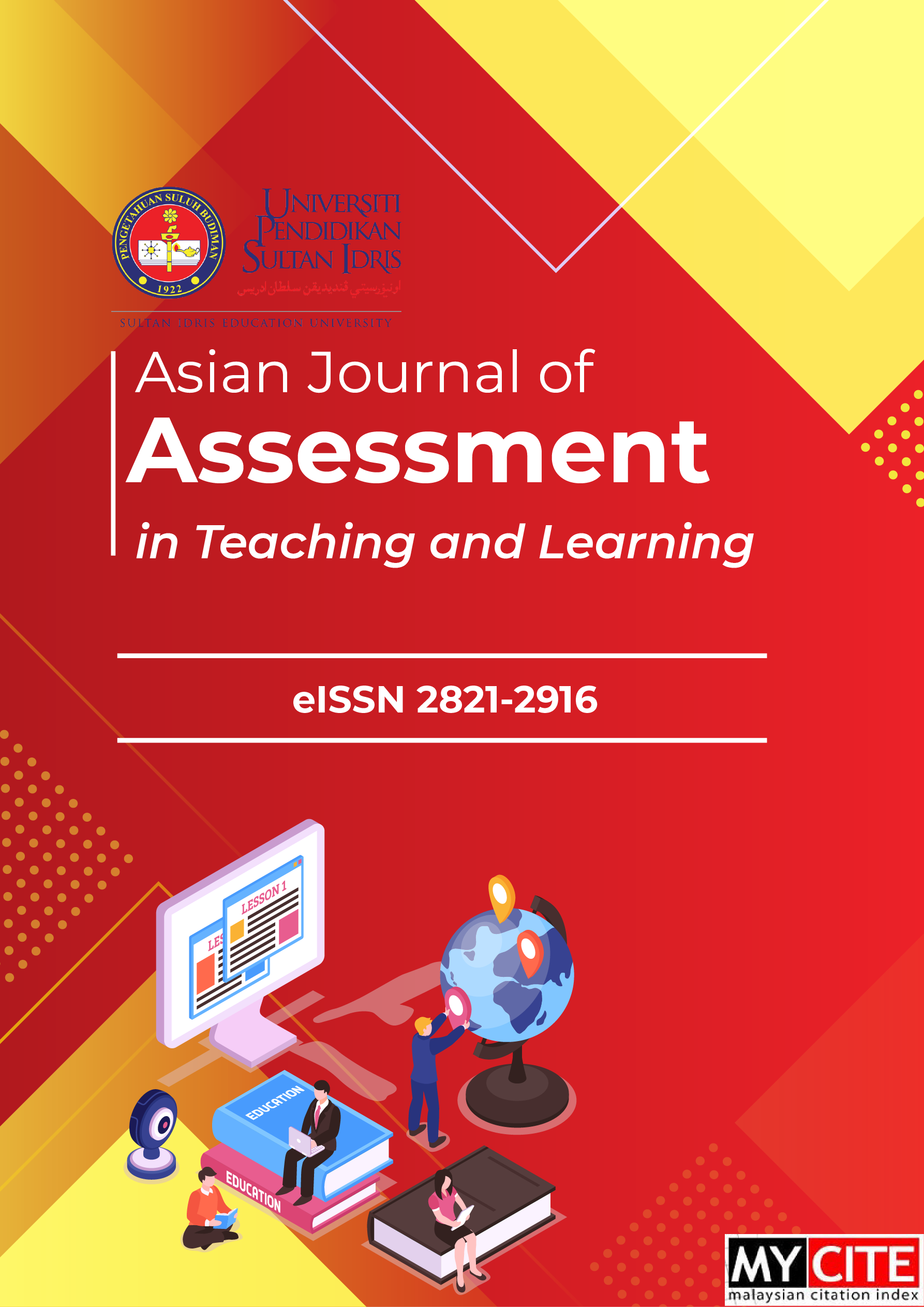Assessing the validity and reliability of creative thinking skills module in a pilot study on engineering undergraduate in Malaysia
DOI:
https://doi.org/10.37134/ajatel.vol10.1.9.2020Keywords:
Validity, Reliability, Cronbach Alpha, Creativity, Torrance Test of Creative Thinking, Engineering EducationAbstract
This research paper presents the outcome of a research conducted to assess and determine the Validity and Reliability coefficient of Creative Thinking Skills for Conceptual Engineering Design Module administered to engineering undergraduates at a private institution of higher learning. The Creative Thinking Skills Module features few proposed creative thinking tools such as Brain Sketching, Mind Maps and Morphological Analysis. The validity consists of module content validity, and session and activity validity, evaluated by a group of five experts. The Cronbach Alpha value was determined through conducting a pilot study in a local private university where mechanical engineering undergraduate underwent the module workshop and activity. Questionnaires were given to respective experts and students respondents to measure the validity and reliability level of the module, sessions and activities.
Downloads
References
Ahmad J.J., Abdul M. A. R., Mohammad N. B. & Mohammad A. S. A. (2011). Modul Kaunseling Kelompok CTRT: Pendekatan Menangani Permasalahan Disiplin Pelajar. Tanjung Malim. Penerbit UPSI.
Arip, M.A.S.M. (2010). Effect of group guidance on self-concept, resilience and adolescent aggression. [Unpublished PhD Thesis]. Bangi, Malaysia: National University of Malaysia.
Arip. M.A.S.M (2018). Pembinaan and PengujianModul. I Psychology and Counselling Academy.
Baillie, C. (2002). Enhancing creativity in engineering students. Engineering Science and Education Journal, 185- 192.
Beghetto, R. A. (2010). Creativity in the Classroom. In J. C. Kaufman, & R. J. Sternberg, The Cambridge handbook of Creativity (pp. 447-463). Cambridge University Press.
Brand, G., Hendy, L., & Harrison, R. (2015). Mining the Gap! Fostering Creativity and Innovative Thinking. The International Design Technology Conference, DesTech 2015 (pp. 79-84). Geelong Australia: Procedia Technology.
Chua, Y.P. (2013). Mastering Research Statistics. McGraw Hill Education. Malaysia
Daly, S., Mosyjowski, E., & Seifert, C. M. (2014). Teaching Creativity in Engineering Courses. Journal of Engineering Education, 417- 449.
Daud, A. M., Omar, J., Turiman, P., & Osman, K. (2012). Creativity in Science Education. UKM Teaching and Learning Congress 2011 (pp. 467-474). Procedia Social and Behavioral Science.
Fuad, R. A., Arip, M. A. S. M., & Sa’ad, F. (2019). Validity and Reliability of the HM-Learning Module among High School Students in Malaysia. International Journal of Academic Research in Business and Social Sciences, 9(1), 773–787
Grapragasem, S., Krishnan, A., & Mansor, A. N. (2014). Current Trends in Malaysian Higher Education and the Effect on Education Policy and Practice: An Overview. International Journal of Higher Education, 85- 93.
Haertel, T., Terkowsky, C., & Jahnke, I. (2012). Where have all the inventors gone? Is There a Lack of spirit of research in engineering education curricula? 15th International Conference on Interactive Collaborative Learning and 41st International Conference on Engineering Pedagogy in Villach. Vienna.
Hewett, T. T. (2005). Informing the design of computer-based environments to support creativity. International Journal of Human-Computer Studies, 383–409.
Kazerounian, K., & Foley, S. (2007). Barriers to Creativity in Engineering Education: A Study of Instructors and Students Perception. Journal of Mechanical Design, 761-768.
Kerlinger, F. N. (1979). Foundation of behavioural research. Ed. Ke-2. New York: Holt Rinehart & Winston.
Konting, M. M. (2000). Research Methodology in Education. Kuala Lumpur: Dewan Bahasa dan Pustaka.
Liu, Z. C., &Schönwetter, D. K. (2004). Teaching Creativity in Engineering Education. International Journal of Engineering Education, 801- 808.
Plummer, J. D., Tanis Ozcelik, A. (2015). Preservice teachers developing coherent inquiry investigations in elementary astronomy. Science Education, 99(5), (pp. 932–957). https://doi:10.1002/sce.21180.
Rhodes, J. M. (1961). An Analysis of Creativity. Phi Delta Kappan, 302-310
Robinson, S. K. (2013). Out of our minds. John Wiley.
Russell, J.D. (1974). Modular instruction: A guide to the design, selection, utilization and evaluation of modular materials. United States: Publishing Company.
Sidek, M.N., Jamaludin A., (2005).Module building: How to build exercise module and academic module, Serdang: University Putra Malaysia Publisher.
Taber, K. S. (2018). The Use of Cronbach’s Alpha When Developing and Reporting Research Instruments in Science Education, Research in Science Education, 48 (pp. 1273–1296).
Terkowsky, C., & Haertel, T. (2013). Where have all the inventors gone? IEEE Global Engineering Education Conference (EDUCON) (pp. 345-351). Berlin Germany: IEEE.
Torrance. (1974). Torrance Tests of Creative Thinking: Norms-Technical manual. Bensenville, IL: Scholastic Testing Services.
Downloads
Published
Issue
Section
License
Copyright (c) 2020 UPSI Press

This work is licensed under a Creative Commons Attribution-NonCommercial-ShareAlike 4.0 International License.





